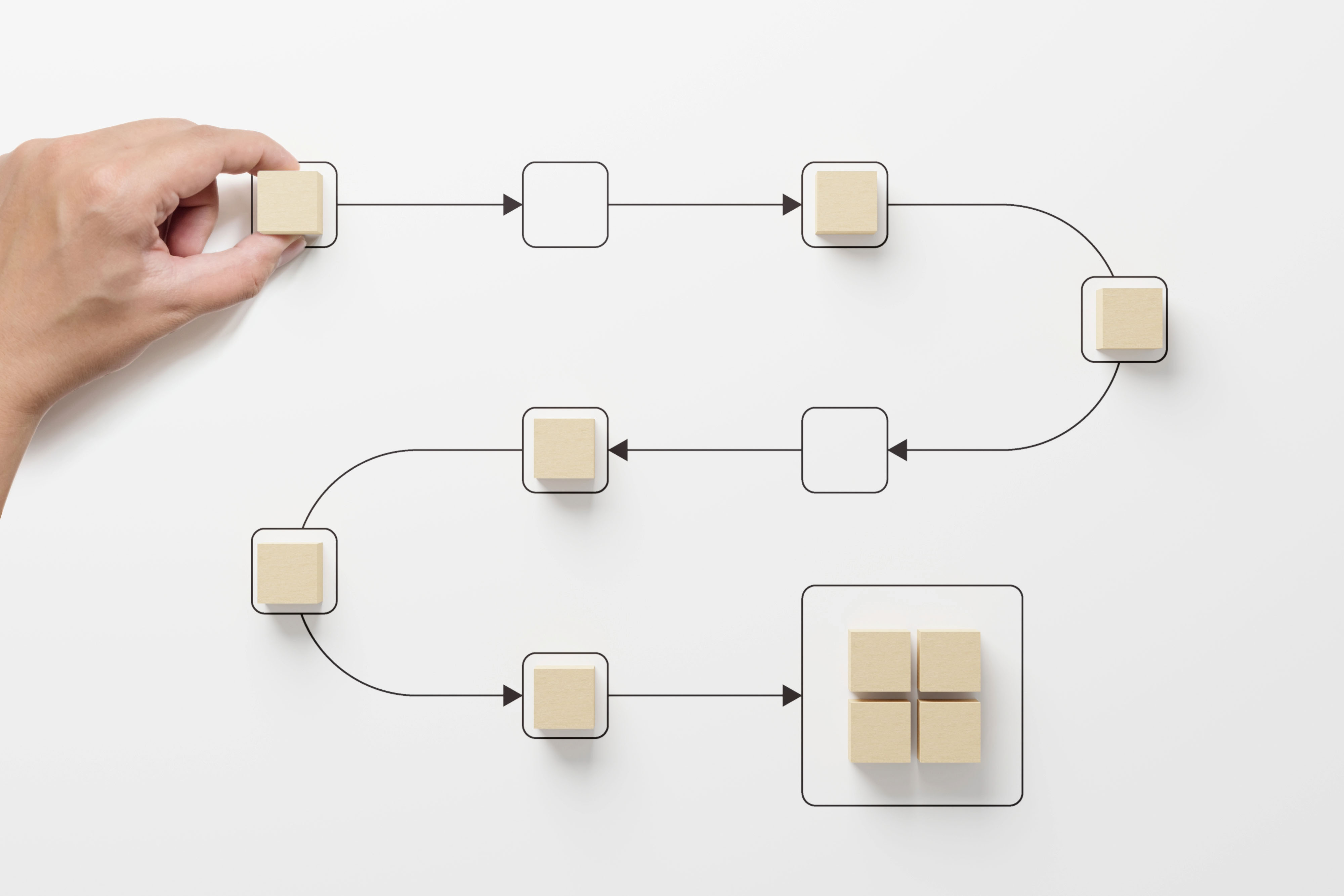What is Total Organic Carbon (TOC)?
TOC is the measure of the level of organic molecules or contaminants in purified water. TOC is an analytic technique that helps organisations understand whether the water they are using is pure enough for their processes. All water, no matter how pure, contains some carbon materials. Many of these materials are introduced into the water from the water source, or from materials and systems during purification and production. They can also come directly from workers involved in the processes. They may include natural or altered products of living systems or man-made and synthetic compounds.
In other words a TOC test, or one of its variants, is frequently used for monitoring water quality for drinking and treated waters, groundwaters, surface waters (eg lakes, rivers, storm water), effluents, leachates and wastewaters. TOC test is non-specific, which means TOC will not determine which particular compounds are present (most samples are complex mixtures which contain thousands of different organic carbon compounds). Instead, TOC will inform the user of the sum of all organic carbon within those compounds.
Why is TOC Important?
In the drinking water industry, Total Organic Carbon is an important parameter that is often used as a general indication of water quality. Strict regulations are applied in many countries as elevated TOC levels have been directly associated with increased disinfection by-product (DBP) formation in the treatment process and bacterial regrowth in the distribution systems.
TOC is also used in the industrial sector as a general water quality index and indicator of contamination.
Total Organic Carbon Analysis:
There are three parts of TOC analysis:
-
Sampling:
To meet required regulations, it is recommended the sampling system have automatic sampling, acidification, and sparging for TOC analysis, automatic dilution capability and auto calibration using a single stock standard in order to improve reproducibility and increase throughput.
-
Oxidation:
To determine the level of TOC, the organic carbons must be oxidized. There are several types of oxidation methods on the market today. These methods, which convert TC into CO2, include:
-
Photocatalytic oxidation: Organics convert to carbon dioxide in the presence of UV light
-
Chemical oxidation: Mix sample with Persulfate in a UV-irradiated chamber to convert organics to carbon dioxide
-
High-temperature combustion: Mix sample with oxidation catalyst in a chamber heated to 95-100 degrees Celsius to convert organics to carbon dioxide
-
Detection:
TOC Analysers use two types of detection systems, non-dispersive infrared (NDIR) and conductivity detectors (direct and membrane). NDIRs, which consist of a light source, cell and a detection portion, are more popular due to stability and interference issues with conductivity detectors. “Both types of conductivity detectors are susceptible to interference from changes in pH and temperature.
Total Organic Carbon Method:
TOC methods utilise heat and oxygen, chemical oxidants or a combination of these to convert organic carbon to Carbon dioxide (CO2). The evolved CO2 is then measured.
The determination of total organic carbon is an essential part of any site characterisation or ecological assessment since its presence or absence can markedly influence how chemicals will react in the soil or sediment.
Don’t know about the total organic carbon method? Read more about Total Organic Carbon analysis.
 All Courses
All Courses
 Accounting and Finance
Accounting and Finance Administration and Office Management
Administration and Office Management Business Administration
Business Administration Chemical Engineering
Chemical Engineering Communications and Public Relations (PR)
Communications and Public Relations (PR) Compliance and Legal
Compliance and Legal Construction Management
Construction Management Contract and Project Management
Contract and Project Management Customer Experience and Relationship Management
Customer Experience and Relationship Management Data Management and Business Intelligent
Data Management and Business Intelligent Digital Transformation
Digital Transformation Energy and Sustainability
Energy and Sustainability Health, Safety and Environment
Health, Safety and Environment Healthcare Management
Healthcare Management Hospitality & Tourism
Hospitality & Tourism Human Resources and Talent Development
Human Resources and Talent Development Industrial Manufacturing and Production
Industrial Manufacturing and Production Innovation and Artificial Intelligence (AI)
Innovation and Artificial Intelligence (AI) Leadership and Management
Leadership and Management Oil and Gas
Oil and Gas Procurement & Supply Chain Management
Procurement & Supply Chain Management Public Sector
Public Sector Quality and Productivity
Quality and Productivity Retail and E- Commerce
Retail and E- Commerce Sales and Marketing
Sales and Marketing Sports Event Management and Operations
Sports Event Management and Operations Strategy and Business Planning
Strategy and Business Planning Sustainability and CSR
Sustainability and CSR Learning Solutions
Learning Solutions
 About Us
About Us
 iLearn Blog
iLearn Blog
 Directory Calendar
Directory Calendar
 Contact Us
Contact Us
 All Courses
All Courses
 Accounting and Finance
Accounting and Finance Administration and Office Management
Administration and Office Management Business Administration
Business Administration Chemical Engineering
Chemical Engineering Communications and Public Relations (PR)
Communications and Public Relations (PR) Compliance and Legal
Compliance and Legal Construction Management
Construction Management Contract and Project Management
Contract and Project Management Customer Experience and Relationship Management
Customer Experience and Relationship Management Data Management and Business Intelligent
Data Management and Business Intelligent Digital Transformation
Digital Transformation Energy and Sustainability
Energy and Sustainability Health, Safety and Environment
Health, Safety and Environment Healthcare Management
Healthcare Management Hospitality & Tourism
Hospitality & Tourism Human Resources and Talent Development
Human Resources and Talent Development Industrial Manufacturing and Production
Industrial Manufacturing and Production Innovation and Artificial Intelligence (AI)
Innovation and Artificial Intelligence (AI) Leadership and Management
Leadership and Management Oil and Gas
Oil and Gas Procurement & Supply Chain Management
Procurement & Supply Chain Management Public Sector
Public Sector Quality and Productivity
Quality and Productivity Retail and E- Commerce
Retail and E- Commerce Sales and Marketing
Sales and Marketing Sports Event Management and Operations
Sports Event Management and Operations Strategy and Business Planning
Strategy and Business Planning Sustainability and CSR
Sustainability and CSR Learning Solutions
Learning Solutions
 About Us
About Us
 iLearn Blog
iLearn Blog Directory Calendar
Directory Calendar
 Contact Us
Contact Us














































 Course category
Course category Course Venue
Course Venue
